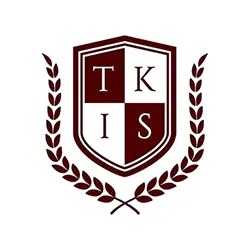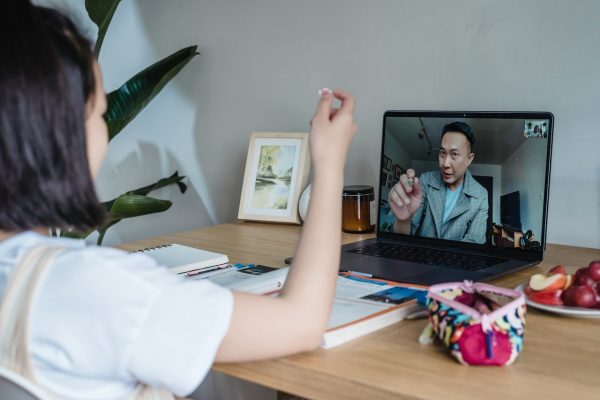Art education plays a pivotal role in the key stage 2 art curriculum, nurturing children’s creativity, critical thinking, and emotional expression. Students develop a broader understanding of the world around them by engaging with various art forms and honing their artistic skills. With its multidisciplinary nature, art provides a platform for exploring diverse subjects and encourages a holistic approach to learning.
In Key Stage 2, art serves as a means to integrate different areas of the curriculum, enabling children to connect concepts from various subjects through visual representation. Art activities allow students to translate their knowledge into tangible forms, enhancing their ability to communicate ideas effectively. From painting and drawing to sculpture and mixed media, students are exposed to various mediums, stimulating their imagination and encouraging experimentation.
Through art, children learn to think critically and develop problem-solving skills. They are encouraged to analyse, interpret, and reflect upon their work and the work of others. Art projects often involve research and exploration, fostering independent thinking and a sense of curiosity. Moreover, art helps students develop resilience as they learn that creativity is a process that involves trial and error, revision, and perseverance.

Art also contributes to the social and emotional development of Key Stage 2 students. Engaging in creative activities provides an outlet for self-expression, allowing children to explore their thoughts, emotions, and personal identities. Art classes promote teamwork, empathy, and respect for diverse perspectives by encouraging collaboration and group discussions.
Exploring Different Art Mediums and Techniques in Key Stage 2
Key Stage 2 art education is an exciting journey of discovery as students explore a variety of art mediums and techniques, expanding their artistic repertoire and nurturing their creative potential. Educators encourage experimentation, self-expression, and a deeper understanding of artistic possibilities by introducing children to different materials and methods.
From traditional mediums like pencil and paint to modern digital tools, Key Stage 2 students are exposed to diverse art materials. Drawing, painting, and sketching provide foundations for artistic expression, enabling students to learn about line, shape, and form. Experimenting with watercolours, acrylics, and pastels introduces them to the world of colour and its various applications.
In addition to 2D mediums, sculpture and ceramics allow students to work with three-dimensional forms. Clay, wire, and recyclable materials become their tools to mould and shape ideas into tangible creations. Through sculpture, children learn about volume, texture, and spatial awareness while embracing the tactile nature of the artistic process.

Furthermore, the digital age has opened new possibilities for creative exploration. Key Stage 2 students can use digital art tools like graphic design software or animation programmes to express their ideas innovatively. This integration of technology expands their understanding of art beyond traditional boundaries and equips them with skills relevant to contemporary artistic practices.
Promoting Creativity and Self-Expression in Key Stage 2 Art
Key Stage 2 art education provides a powerful platform for promoting creativity and self-expression in children. Educators empower students to explore their unique perspectives and develop a strong sense of artistic identity by fostering an environment that encourages imaginative thinking and individuality.
In Key Stage 2, art classes allow children to express themselves freely. Through open-ended projects and prompts, students are encouraged to embrace their creative instincts, enabling them to explore their thoughts, emotions, and personal experiences. Art becomes a language through which they can communicate, reflecting their unique perspectives and identities.
To promote creativity, educators prioritise the process over the outcome. They create a safe space where students feel comfortable taking risks, making mistakes, and experimenting with different techniques and materials. This approach allows children to develop problem-solving skills, resilience, and adaptability as they navigate the artistic process.
Moreover, Key Stage 2 art education encourages students to embrace individuality and celebrate diversity. Educators foster a supportive and inclusive learning environment by valuing and appreciating each child’s artistic expression. Through collaborative projects, students learn to respect and understand different viewpoints, developing empathy and interpersonal skills.
Art activities also enable students to connect with their cultural heritage and explore the world around them. Educators broaden students’ perspectives and promote cultural understanding by introducing diverse art forms, artists, and cultural practices. This exposure encourages Key Stage 2 students to appreciate and celebrate the richness of global artistic traditions.
Art Appreciation and Cultural Understanding in Key Stage 2
Art appreciation and cultural understanding are fundamental components of Key Stage 2 education. By exploring diverse artistic traditions, styles, and historical periods, students develop a broader worldview and gain a deeper appreciation for the power of art as a reflection of human experience.

In Key Stage 2, art classes introduce students to various artworks from different cultures and periods. Children learn to appreciate and critically engage with art through discussions, analysis, and hands-on activities. They explore the context, symbolism, and techniques of various art forms, fostering a deeper understanding of cultural diversity and historical significance.
By studying art from different cultures, students gain insights into the values, beliefs, and experiences of people worldwide. They develop empathy and respect for diverse perspectives, fostering a sense of global citizenship. Key Stage 2 art education encourages students to question stereotypes and challenge preconceived notions, promoting cultural understanding and inclusivity.
Furthermore, exposure to art from different eras allows children to trace the evolution of artistic styles and understand the connections between art and history. They learn how art reflects societal changes, political movements, and cultural shifts. By studying the works of master artists, students gain an appreciation for the contributions of diverse cultures to the development of artistic traditions.
Art appreciation in Key Stage 2 extends beyond passive observation. Students are encouraged to express their opinions and interpretations, fostering critical thinking and communication skills. By engaging in discussions and reflection, they learn to articulate their responses to artworks and understand the subjective nature of artistic interpretation.
Furthermore, self-assessment encourages students to become active participants in their artistic development. By reflecting on their work, students develop metacognitive skills, recognise their achievements, identify areas for improvement, and set personal goals. Self-assessment empowers students to take ownership of their learning, nurturing their autonomy and motivation.




